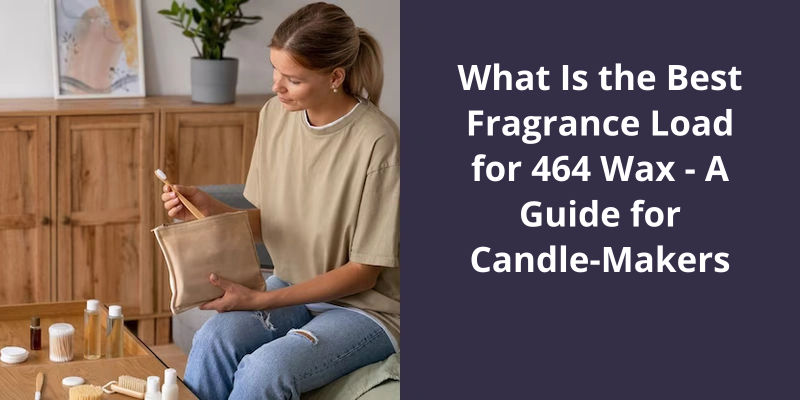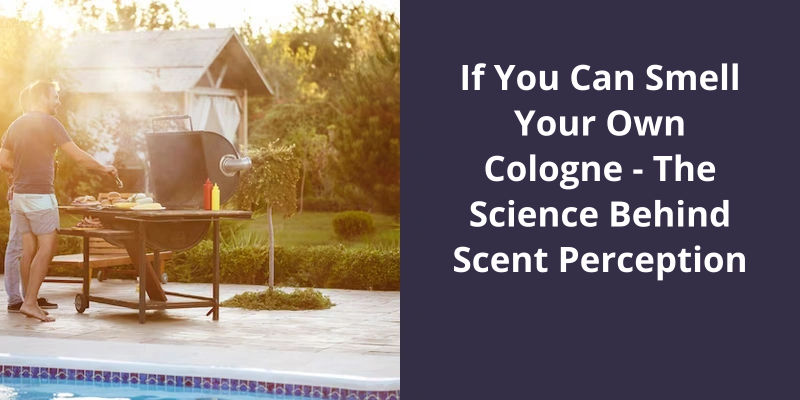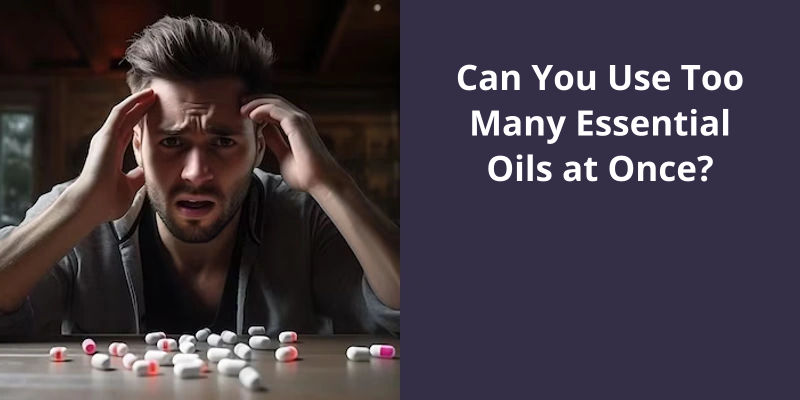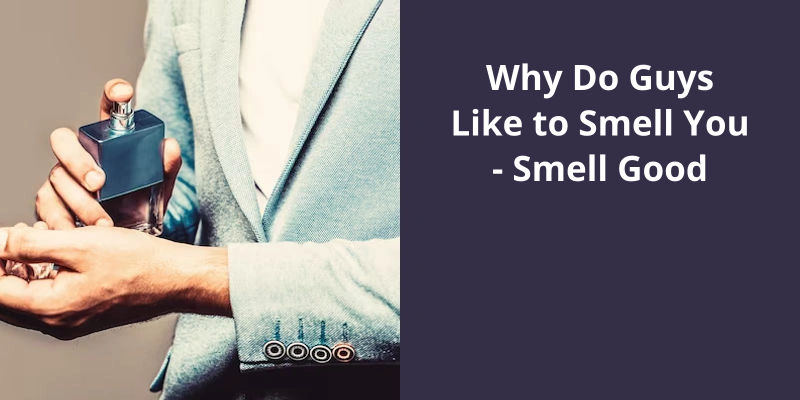The 4 Ps of marketing for perfume refer to Product, Price, Place, and Promotion. The Product is the perfume itself, which needs to have certain qualities like an appealing scent, attractive packaging, and longevity on the skin. Price, involves determining a cost that balances profit with what customers will view as fair and competitive. Place refers to where the perfume is sold, which might be in physical shops, department stores, specialty boutiques, or online. The final P, Promotion, is about advertising the perfume to customers through various channels such as social media, print ads, television commercials, and influencer partnerships. Balancing these factors can lead to successful marketing for a perfume.
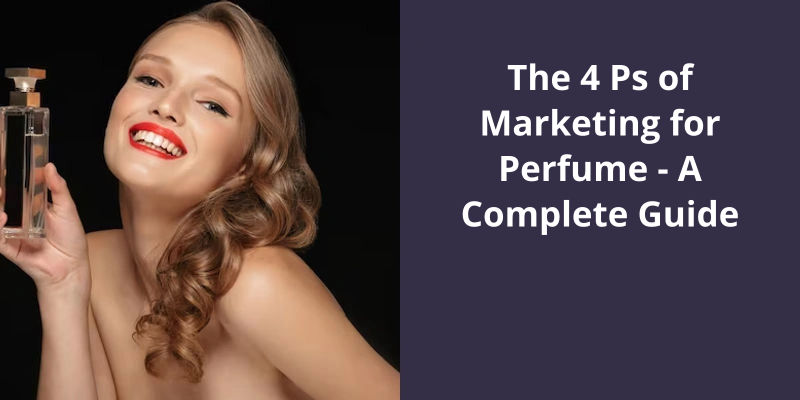
What Are the 4 Ps of Marketing and Examples?
Each of the 4 Ps plays a crucial role in the overall success of a marketing campaign. Starting with the product, it encompasses the tangible or intangible offering that a company brings to the market. When it comes to perfume, it includes the fragrance itself, the packaging, and any additional features or benefits that set it apart from competitors. For example, a company may emphasize the use of natural ingredients or the longevity of the scent.
The price, as the second P, refers to the amount of money customers are willing to pay for the product. In the world of perfume, prices can range from affordable and budget-friendly options to high-end luxury brands. The price point depends on factors such as the brands positioning, target market, and perceived value. A fragrance marketed as exclusive and sophisticated will often have a higher price tag compared to a mass-market scent.
Promotion, the third P, involves all the activities and strategies used to effectively communicate and promote the product to the target audience. In the perfume industry, promotion may include advertising campaigns, social media marketing, celebrity endorsements, collaborations with fashion designers, and product placement in magazines or movies. Companies often create captivating narratives around the scent to evoke emotions, tell a story, or convey a desired lifestyle.
Lastly, the fourth P, place, refers to the distribution channels used to make the product available to customers. In the perfume industry, this can include traditional brick-and-mortar stores, department stores, specialty fragrance boutiques, online platforms, and even direct-to-consumer sales. The choice of distribution channels depends on the target market, brand positioning, and the companys overall marketing strategy.
To successfully market a clothing store, it’s crucial to consider the 4 Ps of marketing: product, price, place, and promotion. These elements work hand in hand to communicate a brand’s distinct value and create a competitive edge in the market. By focusing on each of these aspects, clothing stores can effectively engage with their target audience and drive sales.
What Are the 4 P’s of Marketing for a Clothing Store?
When it comes to marketing for a clothing store, the 4 Ps play a crucial role in creating a successful strategy. The first P, product, refers to the clothing and accessories that the store offers. This includes the design and quality of the items, as well as any unique features or benefits they may have. It’s important for the store to have a well-curated collection that appeals to it’s target audience.
The second P, price, is about determining the right pricing strategy for the stores products. This involves considering factors such as production costs, competition, and target market affordability. Setting the right prices can help position the store as either high-end or affordable, depending on it’s branding strategy.
The third P, place, focuses on the distribution and location of the clothing store. This includes determining the best channels to reach the target audience, whether it’s through physical brick-and-mortar stores, e-commerce platforms, or a combination of both. In addition, the location of the store should be strategically chosen to ensure accessibility and convenience for customers.
The fourth P, promotion, is all about creating awareness and generating interest in the clothing stores products. This can be achieved through various marketing tactics such as advertising, public relations, social media, and influencer collaborations. The goal is to communicate the brands unique value proposition and differentiate it from competitors.
By aligning these four elements, a clothing store can effectively market it’s products and build a strong customer base. It’s important to continuously analyze and adjust the marketing strategy based on market trends, customer feedback, and competitors actions.
Source: Understanding the 4 Ps of Marketing Through Digital …
One effective strategy to promote perfume on the market is to give attention to the packaging. With thousands of new product launches every year, packaging plays a crucial role in attracting customers. Additionally, conducting online surveys allows customers to express their preferences and helps in determining popular notes. Sending samplers is another effective way to get potential customers to experience the fragrance. Lastly, utilizing video marketing can create engaging content that showcases the perfume’s unique qualities and appeals to the target audience.
How Do You Promote Perfume on the Market?
When it comes to promoting perfume on the market, effective marketing strategies play a crucial role. One important aspect to consider is the packaging. The packaging of a perfume shouldn’t only be visually appealing but also reflect the fragrance and target audience. It should be designed in a way that grabs attention and entices potential customers to try the scent. Unique and innovative packaging can differentiate a perfume from it’s competitors, making it stand out on the market.
Another effective strategy is conducting online surveys. These surveys can be done in stores or online platforms to gather insights about customers preferences and popular fragrance notes. This information can guide perfume makers in creating scents that cater to the demand of the market.
Sending samplers is another effective way to promote perfumes. By providing potential customers with small samples, they can experience the fragrance firsthand and decide whether they like it or not. This strategy allows customers to try out different scents before making a purchase, increasing the likelihood of them choosing a particular perfume.
Video marketing is becoming increasingly popular in the promotion of products, including perfumes. Creating engaging and visually appealing videos that showcase the fragrance and evoke emotions can captivate potential customers. These videos can be shared on various digital platforms and social media channels to reach a wider audience and create buzz around the perfume.
In addition to the 4 Ps of marketing (product, price, place, and promotion), it’s important to consider the power of influencers or brand ambassadors. Partnering with celebrities or influencers who’ve a strong online presence and are popular among the target audience can significantly boost the visibility and credibility of a perfume. By endorsing and promoting the fragrance on their platforms, these influencers can create hype and generate interest among their followers.
Crafting an advertisement for perfume goes beyond just showcasing the product. To truly captivate your audience, you need to tap into their emotions and create a connection that leaves a lasting impression. By using short, simple, and catchy words, you can create slogans that exude luxury and entice customers to experience the essence of your brand.
How Do I Write an Advertisement for Perfume?
When it comes to writing an advertisement for perfume, it’s essential to connect with the feelings and emotions of your target audience. To achieve this, use words and phrases that tap into the senses and create a captivating narrative around your product.
Short, simple, and catchy words are crucial for crafting slogans that resonate with customers. Consider using descriptive adjectives that evoke positive emotions, such as “captivating,” “seductive,” or “enchanting.”. These words help create an image of the sensory experience your perfume offers.
Additionally, emphasize the unique features and benefits of your perfume. Is it long-lasting? Does it have a distinct, signature scent? Highlight these qualities in your advertisement to set your brand apart from competitors and attract potential customers.
To create a sense of luxury, choose your language and visuals carefully. Use high-quality images and elegant typography to convey a premium feel. Incorporate elegant, sophisticated vocabulary to reinforce the idea that your perfume is a luxurious indulgence.
Another approach is to tell a story in your advertisement. Craft a narrative that connects with your target audiences aspirations, desires, or fantasies. For example, you could tell a story about a woman who exudes confidence and allure when she wears your perfume. This narrative allows customers to envision themselves in a similar scenario, prompting them to desire your product.
Finally, consider telling a compelling story that resonates with your audience.
Conclusion
The product itself, including it’s scent, packaging, and branding, must be carefully designed to appeal to the target market. Price must be determined strategically, considering factors such as production costs, competition, and perceived value. Promotion efforts, such as advertising, public relations, and influencer collaborations, are essential in creating awareness and generating demand. Finally, selecting the right distribution channels and placing the perfume where the target audience can easily access it’s vital for success.


